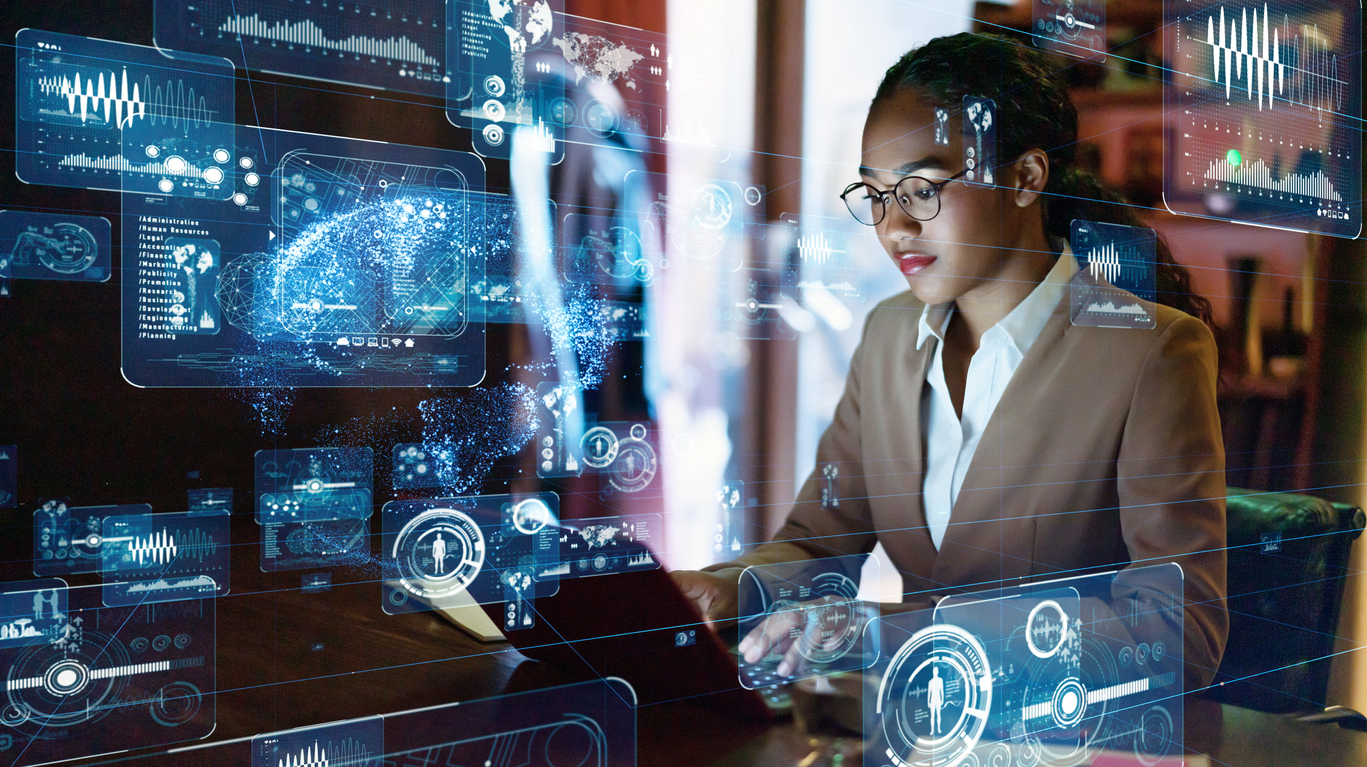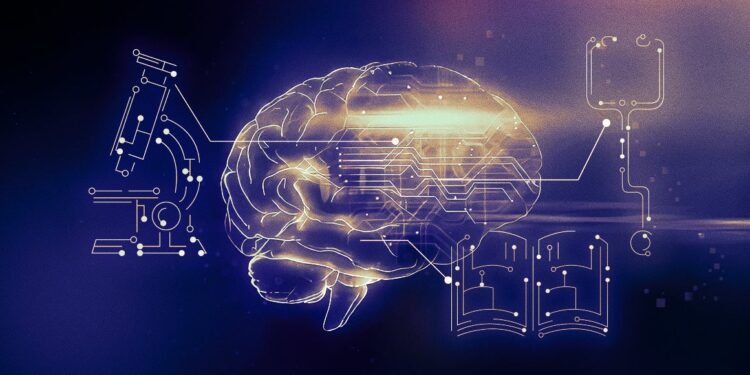Traditional Education is a system of learning that has been followed for centuries. However, with the advent of technology, education is undergoing a rapid transformation. In this article, we will explore the limitations of traditional education, innovative approaches and technologies that are being used in education, and their advantages and challenges.

Table of Contents
- Introduction
- What is Traditional Education?
- Limitations of Traditional Education
- Project-Based Learning
- Virtual and Augmented Reality in Education
- AI and Machine Learning in Education
- Advantages of Innovative Approaches and Technologies in Education
- Challenges in Implementing Innovative Approaches and Technologies in Education
- Conclusion
- FAQs
What is Traditional Education?
Traditional Education refers to the system of learning that has been followed for centuries. It involves a teacher imparting knowledge to students in a classroom setting. This system focuses on memorization and repetition. The teacher is the sole source of knowledge, and the students are passive receivers.
Limitations of Traditional Education
The traditional system of education has several limitations. Firstly, it is not student-centred. The focus is on the teacher and not the student. Secondly, it is not flexible. The curriculum is fixed, and there is little room for customization. Thirdly, it is not practical. The focus is on theory and not on practical applications.
Project-Based Learning
Project-Based Learning is an approach to education where students learn by actively engaging in real-world and personally meaningful projects. This approach is student-centred and focuses on practical applications.
Virtual and Augmented Reality in Education
Virtual and Augmented Reality in Education is an innovative approach that uses immersive technologies to enhance the learning experience. This approach provides students with a more engaging and interactive learning experience.

AI and Machine Learning in Education
AI and Machine Learning in Education involve using artificial intelligence and machine learning algorithms to personalize learning. This approach uses data to understand students’ learning patterns, strengths and weaknesses and adapt to their learning needs.
Incorporating Technologies in Traditional Education
The use of technology in traditional education can enhance the learning experience. Technologies such as Smart Boards, Educational Apps and E-Books can be used to make learning more engaging, interactive and student-centred.
-
Advantages of Innovative Approaches and Technologies in Education
Innovative approaches and technologies in education have several advantages. They make learning more student-centred, flexible and practical. They provide students with a more engaging and interactive learning experience. They also allow for personalized learning and make learning accessible to a wider audience.
-
Challenges in Implementing Innovative Approaches and Technologies in Education
Implementing innovative approaches and technologies in education can be challenging. The lack of infrastructure, limited resources, lack of trained professionals and resistance to change are some of the challenges that Apologies for the oversight. Continuing with the article:
need to be addressed to successfully implement innovative approaches and technologies in education. Additionally, ensuring that the technologies and approaches are accessible to all students and not just a select few is also a challenge.

Conclusion
In conclusion, traditional education has several limitations that can be overcome by incorporating innovative approaches and technologies. These approaches and technologies make learning more student-centred, flexible and practical. They also provide students with a more engaging and interactive learning experience. However, challenges in implementing these approaches and technologies need to be addressed for them to be successful.
FAQs
1. What is traditional education?
A. Traditional education refers to the system of learning that has been followed for centuries. It involves a teacher imparting knowledge to students in a classroom setting.
2. What are the limitations of traditional education?
A. The traditional system of education has several limitations, such as being teacher-centred, inflexible, and not practical.
3. What is flipped classroom approach?
A. The Flipped Classroom is an innovative approach to education that flips the traditional model. In this approach, students watch lectures and learn the theory at home, and classroom time is then used for practical applications.
4. What is online learning?
A. Online Learning involves using the Internet to deliver courses and training. It is flexible, self-paced and cost-effective.
5. What is gamification in education?
A. Gamification in Education involves using game design elements in a non-game context. This approach is used to motivate students, make learning fun, and engage students in the learning process.
6. What are the challenges in implementing innovative approaches and technologies in education?
A. The lack of infrastructure, limited resources, lack of trained professionals and resistance to change are some of the challenges that need to be addressed to successfully implement innovative approaches and technologies in education.









